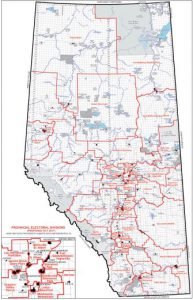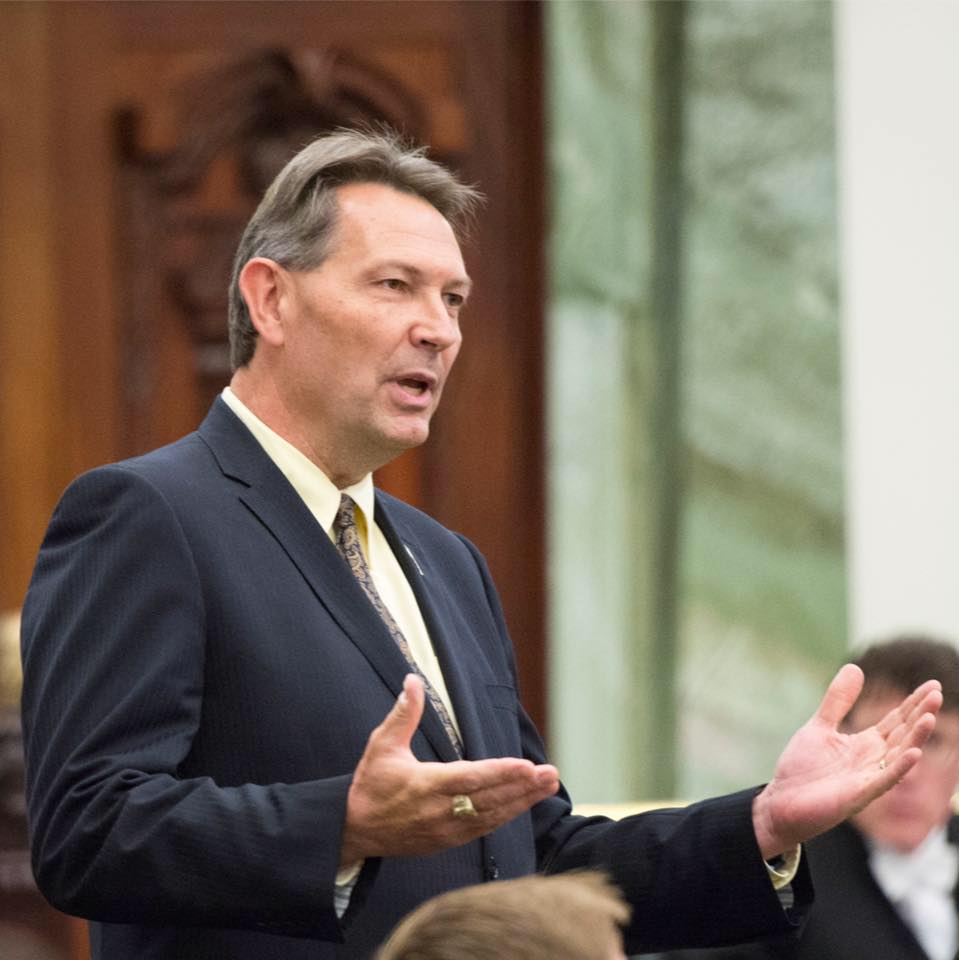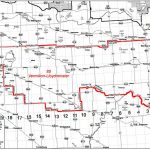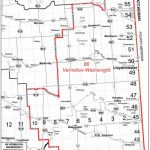With the proposed changes to electoral boundaries in the final report of the Alberta Electoral Boundaries Commission, MLA Dr. Richard Starke says this affects the way rural Albertans are represented in the Legislature. If the recommendations are put into place, three seats from rural Alberta ridings will be gone. However, the total number of electoral boundaries in Alberta will not change from 87.
In the minority report, Commissioner Gwen Day says, “The Majority began its work by using population to justify a new riding in both Calgary and Edmonton. I do not believe that this was necessary given the discretion allowed for variances and additional considerations besides population in the Act. Nor do I believe it was beneficial to ensuring effective representation for all Albertans. I am convinced the correct response to growth in urban population should have been an increase in variances within the cities and not an increase in the number of ridings in the two major cities. This would best provide effective representation for Albertans as a whole.”
Starke says, “I really concur with a minority report that was written by Commissioner Day with regards to the loss of rural representation. It is important and it is a principle that in my view is every bit as important as a strict voter parity, equal numbers in each constituency. If voter parity is given such a high priority it ignores rural Albertans and the voice they need to have.”
He adds, “the large urban centres have a larger voice, they’ll have a larger voice in deciding who the next government is. I think the change though goes way beyond just what it does to the election. I think the change goes to representation for rural Albertans and their concerns.”
The Vermilion-Lloydminster riding in the interim report extended west until Elk Island National Park, in the final report the area was divided north-south instead, to include Wainwright.
“I didn’t hear that suggested to the commissioners at any point. I went back through the transcripts of the initial hearings. It was never suggested, it was never recommended,” says Starke.
He goes on to say, “that said, it’s not an unworkable constituency. There is a lot of commonality of trading patterns among the communities between Wainwright, Vermilion and Lloydminster.”
Starke adds, “I’m disappointed to see Mannville and Minburn, Innisfree severed away from Vermilion and Lloydminster because I really enjoyed representing those communities and obviously will do until the next election.”
Starke says he thinks it would be a good idea to put an office in Wainwright, but it comes down to financial constraints.
Another change in the final report is the name. If the recommendations are put into effect, Vermilion-Lloydminster would change to Vermilion-Wainwright.
“There were a lot of folks in Lloydminster who were very unhappy with the proposed name. [Lloydminster] is the largest community in the constituency and to be totally dropped from the name of the constituency I think is a pretty big slight against the city of 30,000 plus people,” says Starke.
The population of the proposed riding would be 46,042, 2% below the provincial average population size.







